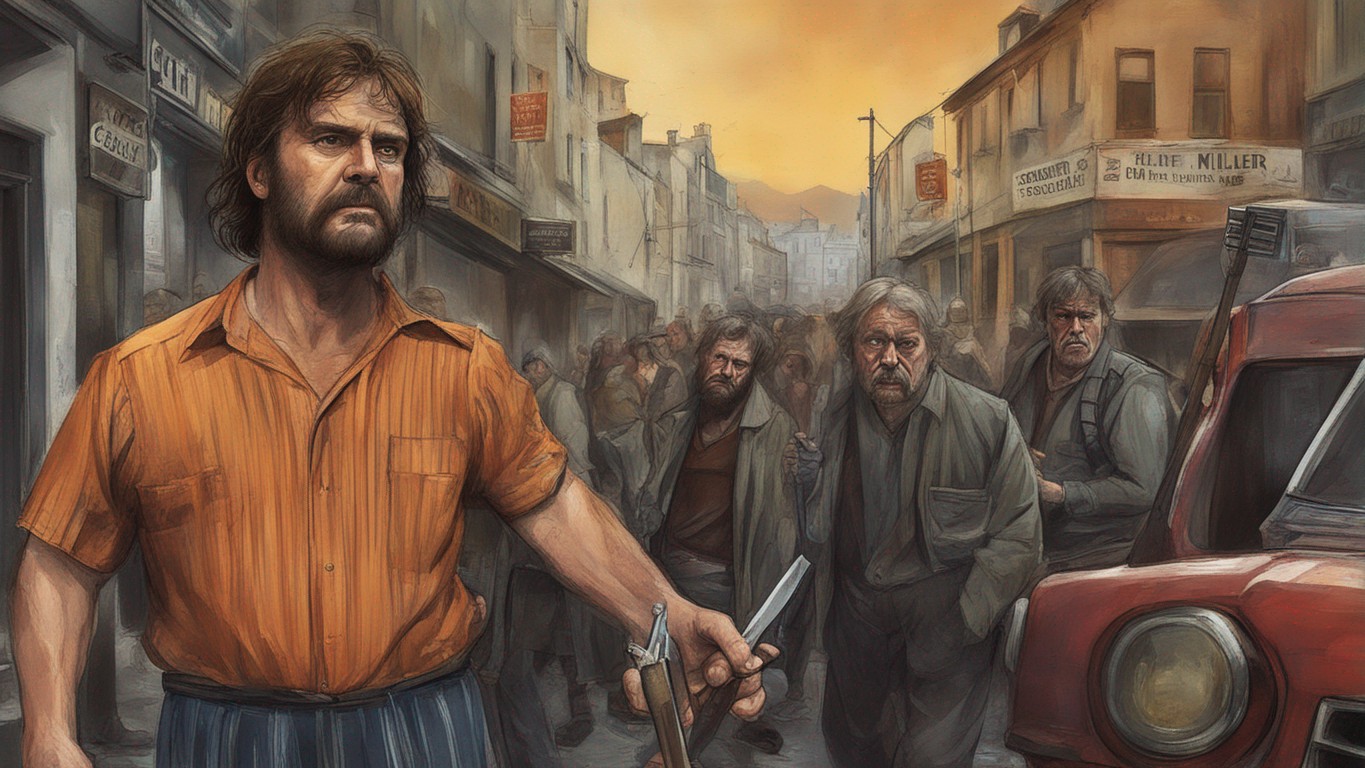A City in Fear: Glasgow’s Struggle
In the late 1960s, Glasgow was grappling with a wave of fear and unease. Three young women, Patricia Docker, Jemima McDonald, and Helen Puttock, were found dead after spending the night at the Barrowland Ballroom. The killer was dubbed “Bible John” for his tendency to quote biblical passages. According to an article in The Scotsman from March 3, 1969, “Police are warning women not to walk alone, as a religiously-obsessed murderer lurks in the Glasgow area.”
The Crimes: Eerie Similarities
All three women were strangled with their own stockings, raped, and left without their handbags. The crimes were not just sadistic; they were ritualistic, showing a chilling pattern that led authorities to conclude they were committed by the same individual. The Glasgow Herald reported on October 31, 1969, that “Police are certain that the same person is responsible for all three murders.”
The Investigation: The Evasive Killer
Despite the deployment of more than 100 detectives and the interview of thousands of individuals, the killer was never identified. Forensic technology of the time was far less advanced, and DNA profiling wasn’t available. The investigation faced numerous setbacks, as detailed by a BBC documentary, calling it “one of Scotland’s most frustrating and haunting unsolved crimes.”
Suspects: Shadows and Doubts
Several suspects have been considered over the years. The most intriguing was Peter Tobin, a convicted serial killer. While Tobin was imprisoned for other murders, his timeline matched Bible John’s, and he frequented the Barrowland Ballroom. Yet, as The Herald highlighted on November 25, 2007, “Tobin remains a suspect, but without conclusive evidence, Bible John’s identity remains in the shadows.”
Legacy: An Ongoing Enigma
Bible John has become part of Scottish folklore, a story told to caution and terrify. True-crime podcasts and documentaries have reexamined the evidence, even attempting to use modern forensic techniques on old samples. Despite these efforts, the case remains open and unsolved, continuously capturing the public’s imagination and leaving an eerie impact on Glasgow’s history.
